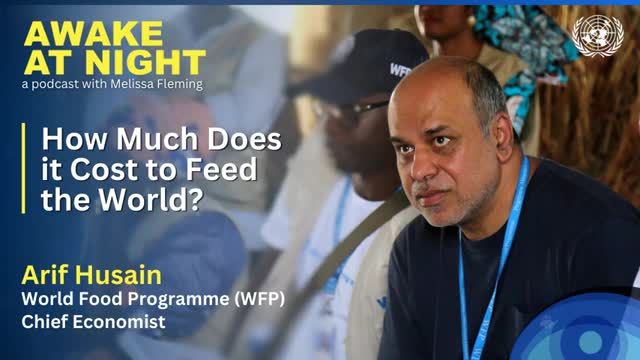Global Hunger Crisis Surges to Unprecedented Levels
November 29, 2024 | United Nations, Federal
This article was created by AI summarizing key points discussed. AI makes mistakes, so for full details and context, please refer to the video of the full meeting. Please report any errors so we can fix them. Report an error »

In a stark reminder of the ongoing global hunger crisis, Arif Hussein, chief economist at the World Food Programme, revealed that over 300 million people are currently facing severe food insecurity, a figure that has more than doubled since before the COVID-19 pandemic. Speaking in an interview, Hussein emphasized the alarming scale of hunger, which he categorized using the Integrated Phase Classification (IPC) system, where famine represents the most severe level, IPC phase 5.
Hussein pointed out that the rise in hunger is largely attributed to three interrelated factors: conflict, climate change, and economic instability. He noted that 65% of those suffering from food insecurity live in conflict-affected areas, highlighting a significant increase in major conflicts since 2012. Additionally, climate-related disasters, particularly floods and storms, have displaced millions, exacerbating the crisis. Economic challenges, including high inflation and currency depreciation, further complicate the situation, despite a theoretical global food surplus.
The World Food Programme is currently operational in over 70 countries, where the scale of hunger continues to escalate. Hussein's comments serve as a call to action, urging global awareness and intervention to address the urgent needs of those suffering from hunger in the 21st century.
Hussein pointed out that the rise in hunger is largely attributed to three interrelated factors: conflict, climate change, and economic instability. He noted that 65% of those suffering from food insecurity live in conflict-affected areas, highlighting a significant increase in major conflicts since 2012. Additionally, climate-related disasters, particularly floods and storms, have displaced millions, exacerbating the crisis. Economic challenges, including high inflation and currency depreciation, further complicate the situation, despite a theoretical global food surplus.
The World Food Programme is currently operational in over 70 countries, where the scale of hunger continues to escalate. Hussein's comments serve as a call to action, urging global awareness and intervention to address the urgent needs of those suffering from hunger in the 21st century.
View full meeting
This article is based on a recent meeting—watch the full video and explore the complete transcript for deeper insights into the discussion.
View full meeting